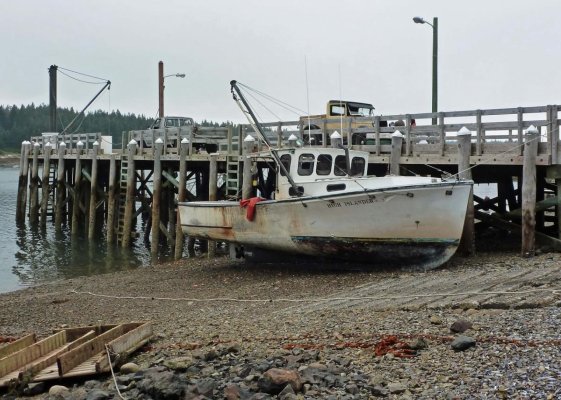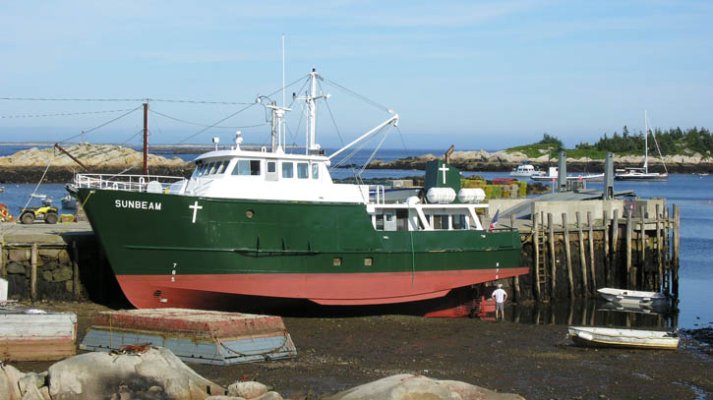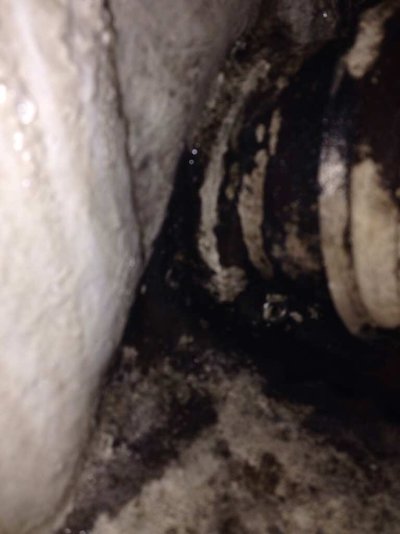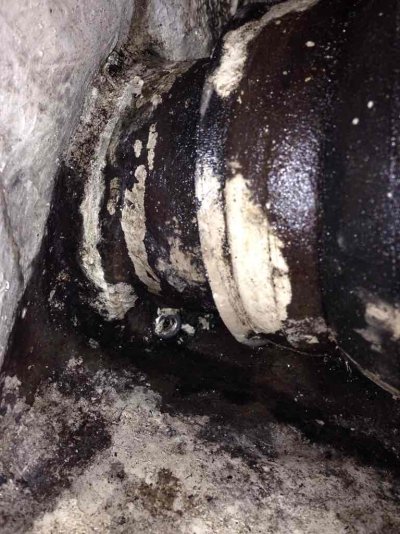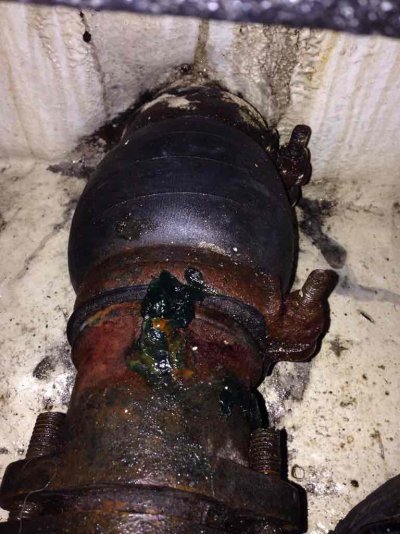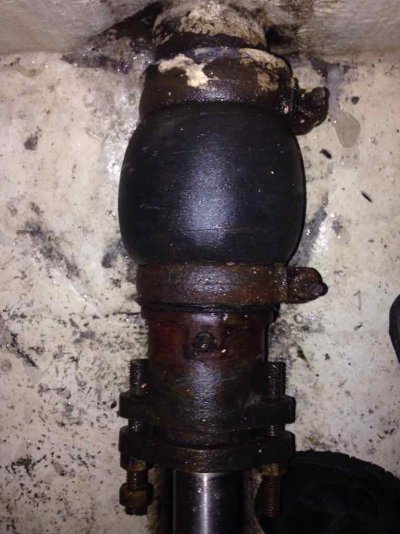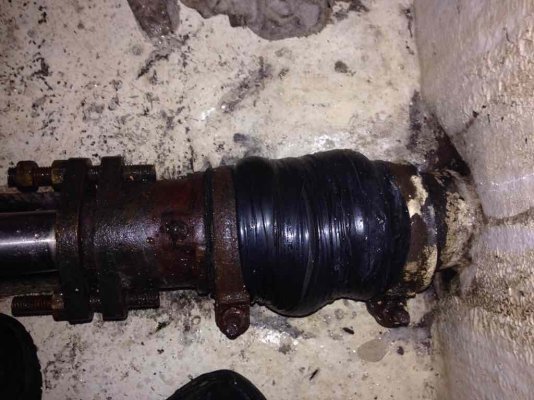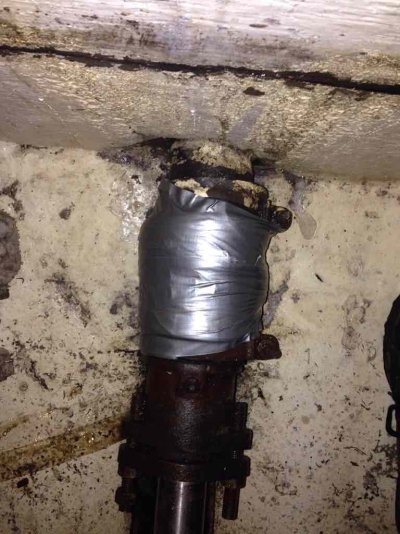You don't have to 'compress' it. Just wrap snuggly so it doesn't expand more and completely burst. Think of it like putting a pair of support hose on your legs. They don't make your leg get back to normal, they just help if from getting swollen larger.
I looked on google, and there is a travellift in Whittier. Everything else looks pretty barren.
Some food for thought. The engine jumping off the bed (even if only partially) would be enough to rub the stuffing box and over heat it, and crack the stern tube. My money is on the engine being out of alignment causing all this ruckus.
You mention that it is not pumping more than once a couple hours. So, Is it worse when you run the engine? Worse when the shaft is turning? Check those things out. If it stays like it is with the engine running, and the shaft turning, then you may get away with running to Whittier. If it gets WAY worse when the shaft is turning, then the mentioned tow would be better.
Having hauled boats off beaches, and towed quite a few sinking boats, Sometimes running the engine on a boat with problems shakes the broken stuff worse, and allows bigger leaks. Sometimes it is best to leave a boat shut off, and just tow it, to keep vibrations, shaking and wobbling to a minimum. You will have to make that judgement call whether you can run her or not.
Regarding the pic of the hose on the stuffing box, it looks like it was twisted, from the misalignment, and heat. That looks really bad. Like terrible.


